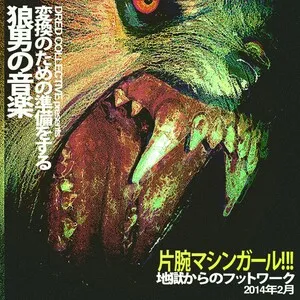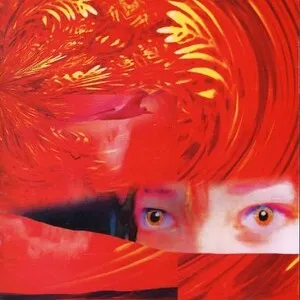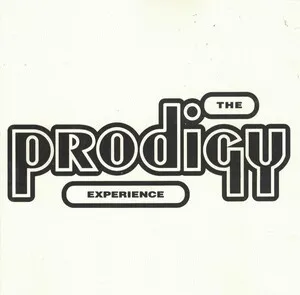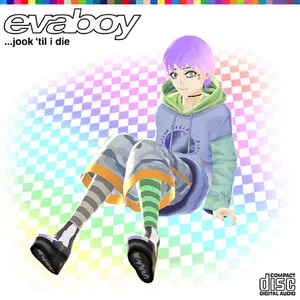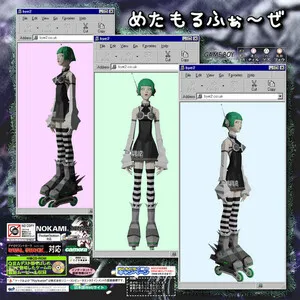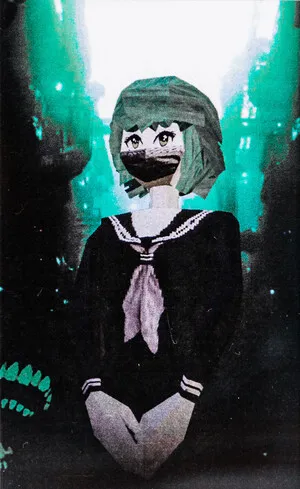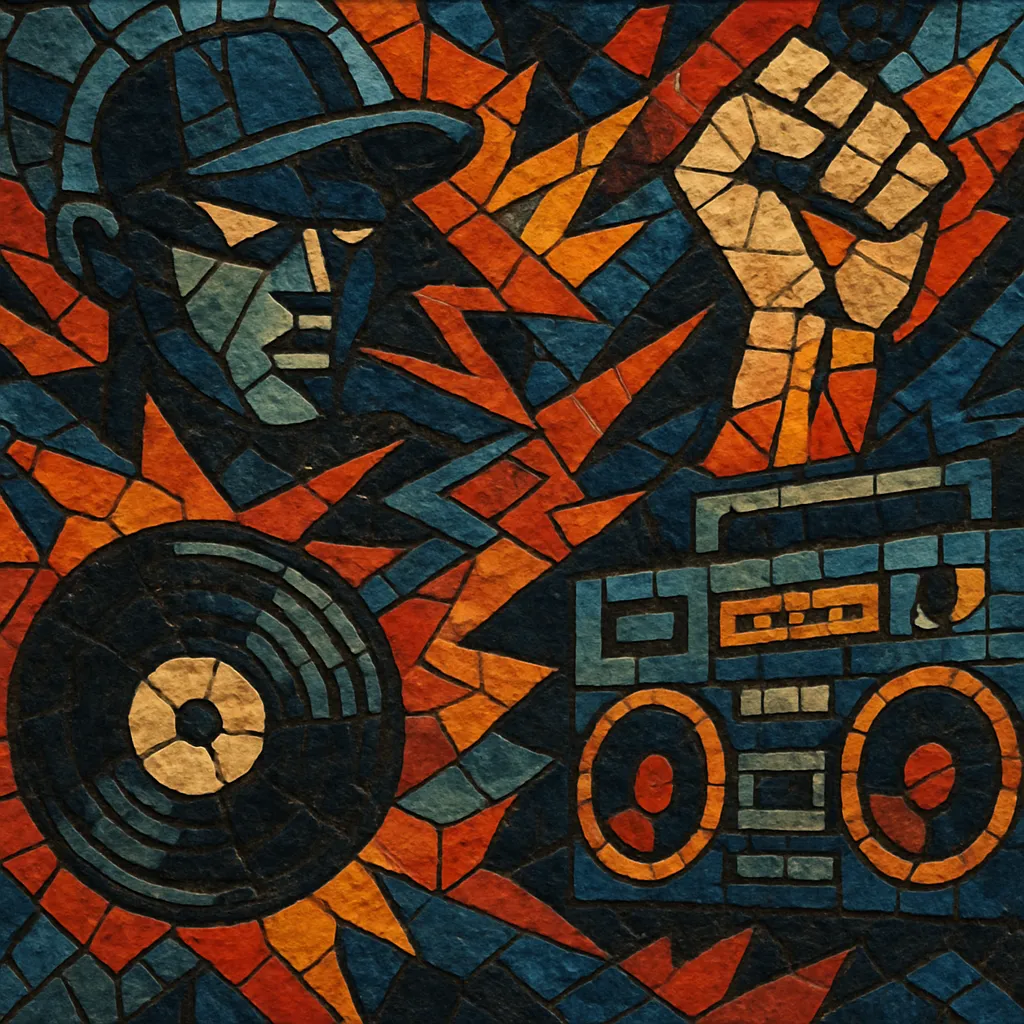
Your digging level
Description
Breakbeat hardcore is an early-1990s UK rave style that fuses hip hop-derived breakbeats with the tempo, intensity, and synth aesthetics of acid house and early techno. Typically between 140–155 BPM, it emphasizes chopped and layered drum breaks, booming sub-bass, pitch-shifted or timestretched vocals, and euphoric rave stabs.
Signature sounds include the Amen/Think/Apache breaks, hoover leads from the Roland Alpha Juno, Korg M1 house pianos, orchestral hits, airhorns, and crowd‑pleasing sampled hooks. The music was designed for all-night warehouse parties and pirate radio, foregrounding ecstatic breakdowns and explosive drops that captured the hedonistic energy of the UK rave era.
History
Breakbeat hardcore emerged in the United Kingdom at the turn of the 1990s, when DJs and producers began combining hip hop breakbeats with the energy of acid house and European techno. Pirate radio and warehouse raves were crucial incubators, where fast breakbeats, sampled pianos, and rave stabs crystallized into a distinct sound. Belgian techno’s hoover textures and UK house’s piano riffs became defining timbral markers.
By 1991–1992 the style dominated UK raves and charts alike. Labels such as Moving Shadow, XL Recordings, Formation, and Suburban Base released anthems featuring chopped breaks, euphoric breakdowns, and pitched vocals. As the scene intensified, a darker, moodier strain (often dubbed “darkside”) pushed tempos higher and bass deeper, foreshadowing jungle. Simultaneously, a more melodic, ecstatic branch emphasized pianos and sing‑along vocals, laying groundwork for happy hardcore.
Around 1993–1994, breakbeat hardcore splintered. The darker, break‑led sound evolved into jungle and then drum and bass, while the euphoric, major‑key path birthed happy hardcore and later UK hardcore. Its sampling ethos and break‑centric rhythms echoed into big beat and fed into the development of speed garage and, by extension, UK garage. Periodic revivals (often called “hardcore breaks”) keep the sound and techniques alive, celebrating the formative era of the UK rave continuum.

